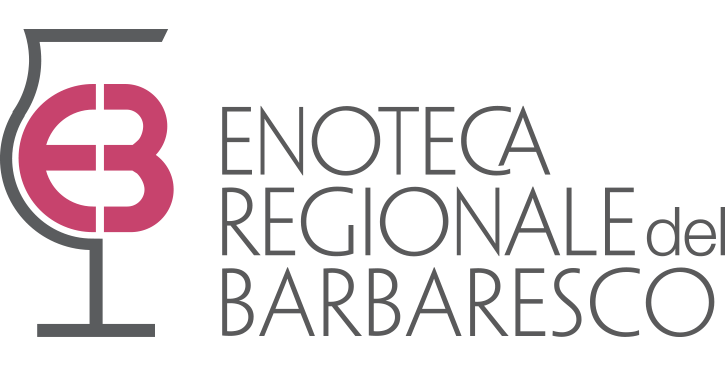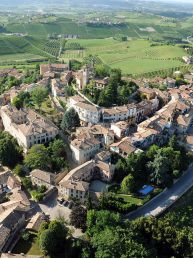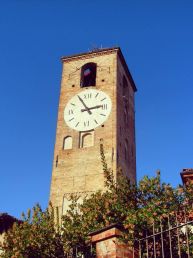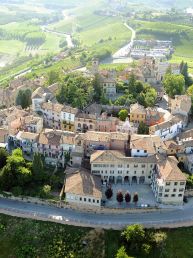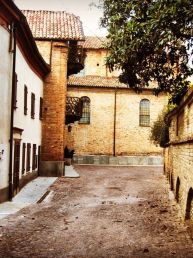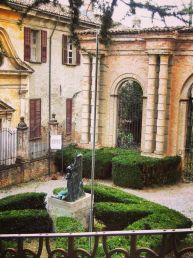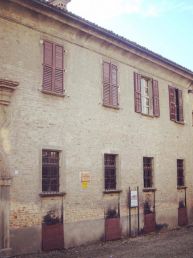Municipality
Neive
Inhabitants: 3150
Hectares of vineyard: 609.48
Hectares of Barbaresco Nebbiolo: 262.59
Name: a derivation of Gens Naevia, an aristocratic Roman family, likely to have established the first Roman settlement here around the 1st century B.C.
〰
Its position on the Via Aemilia between Acqui and Asti made Neive an important crossroads.
The territory of Neive, already inhabited in the neolithic period, was occupied by the Romans in the 2nd century BC From 109 BC, Neive was crossed by the Via Aemilia, which joined Acqui with Asti, making it an important crossroads. In the 5th century AD, following the fall of the Western Roman Empire, Neive fell to various barbarian groups—Lombards, Franks, and Magyars. Mention of a fortified castle is first made around 1000 AD; traces of the defensive works are still visible. These were built in concentric circles around the castle to defend it from the Saracens.
〰
From 1530, Neive shared the fortunes of the House of Savoy until the founding of the Italian Republic.
During the 11th and 12th centuries, Neive was disputed by various local lords, of which the De Revello stand out. After being awarded the status of Municipality around 1190, the territory of Neive passed from Alba’s sphere of influence to that of rival city Asti. A dispute between Asti and Alba in 1274 resulted in a siege and the castle of Neive was subsequently destroyed in a fit of pique. In 1387, Neive followed Asti and fell into the hands of Giangaleazzo Visconti, remaining under Visconti influence until 1512. A series of scuffles to dominate the town ensued, until it was ceded to the House of Savoy in 1530.
In 1618, Neive was assigned as fief to Count Vittorio Amedeo Dal Pozzo, Marquis of Voghera, who assumed the title of first count of Neive. Neive’s fortunes then followed those of the Savoys until the founding of the Italian Republic.
Though not originally part of the zone of production of Barbaresco, wines from Neive began to gain recognition already in the 19th century, largely as a result of the efforts of enologist Louis Oudart. Invited to Italy at the behest of Marchioness Faletti di Barolo, Oudart modernized the vineyards and cellar techniques in Barolo, wholly transforming production within a few short years. These new techniques were then applied to other wines within the area. Following his success in Barolo, Oudart moved to Neive where he undertook production of fine quality wines.
〰
Contact and Maps
Municipality of Neive
Piazza Italia, 1 – 12052 – Neive (CN)
Tel. +39 0173 67004 – Fax +39 0173 677781
Email: neive@comune.neive.cn.it
Web: www.comune.neive.cn.it
